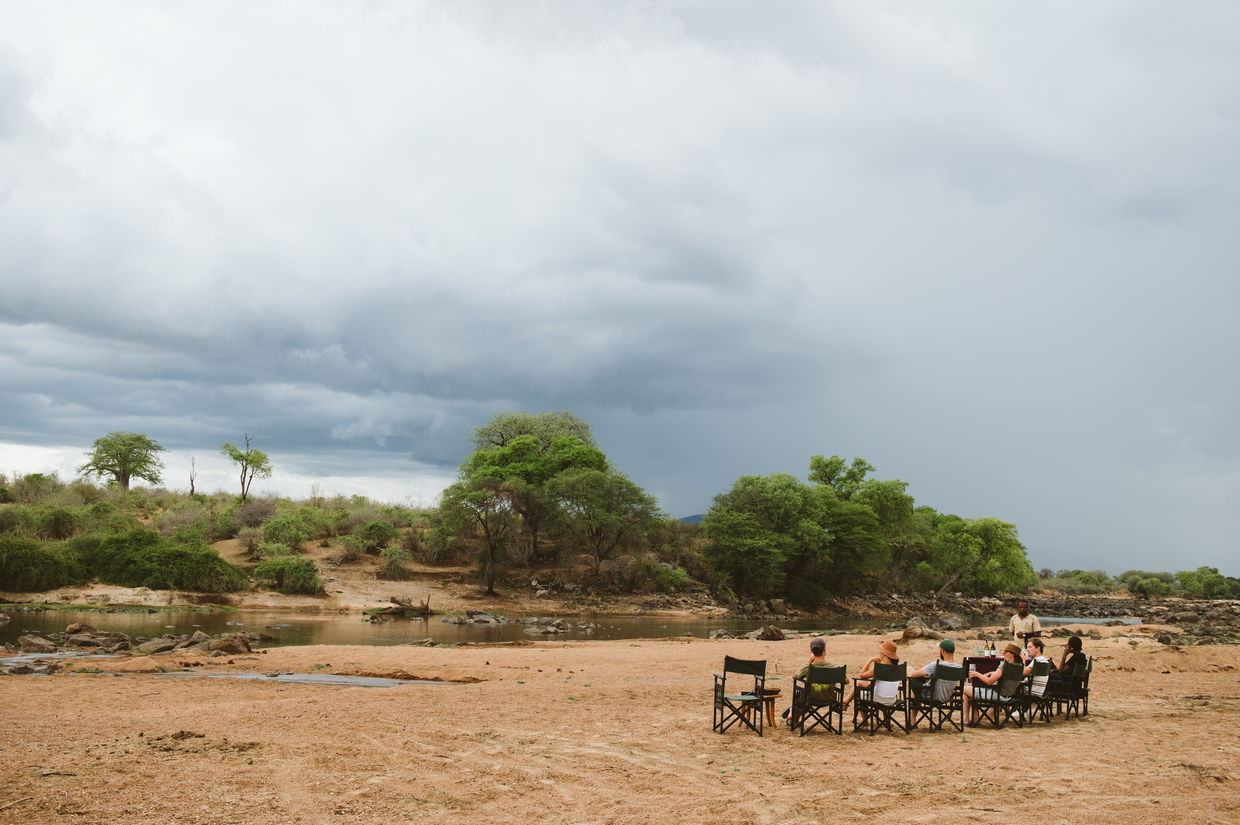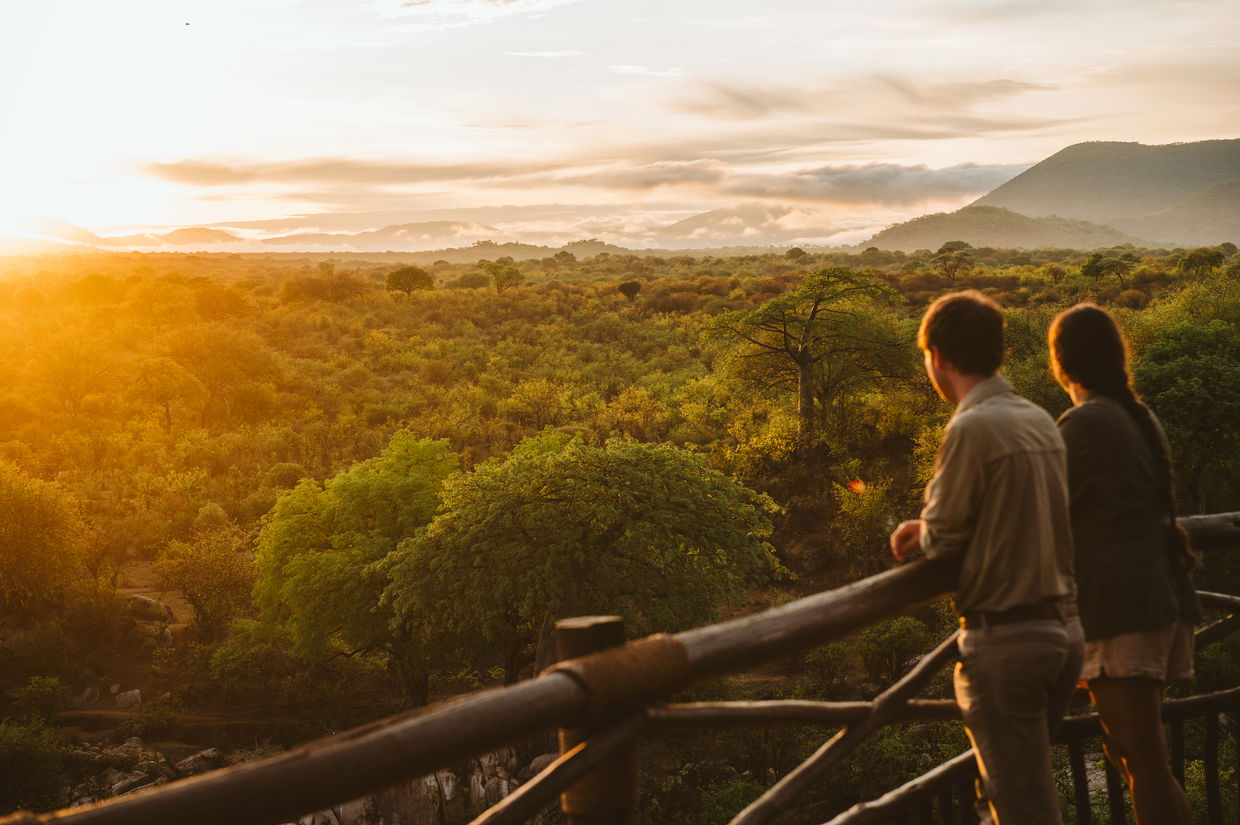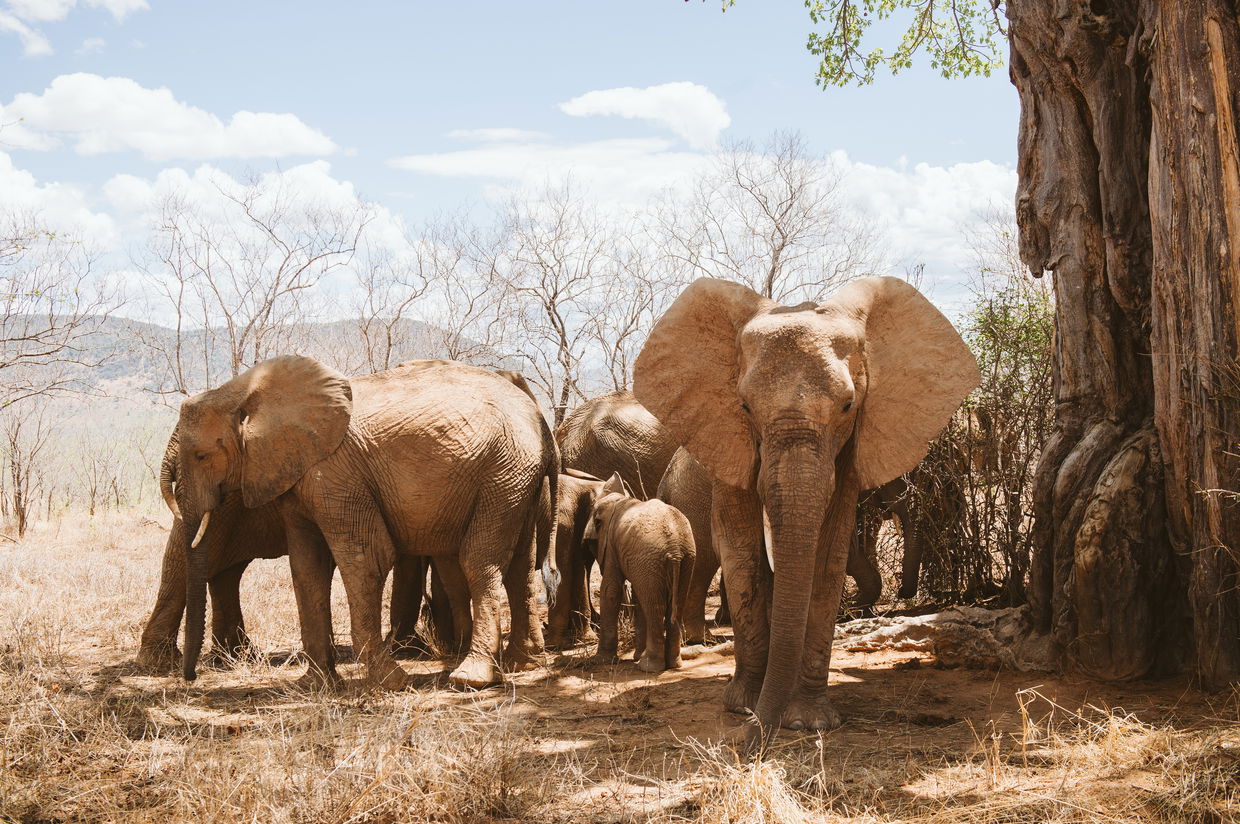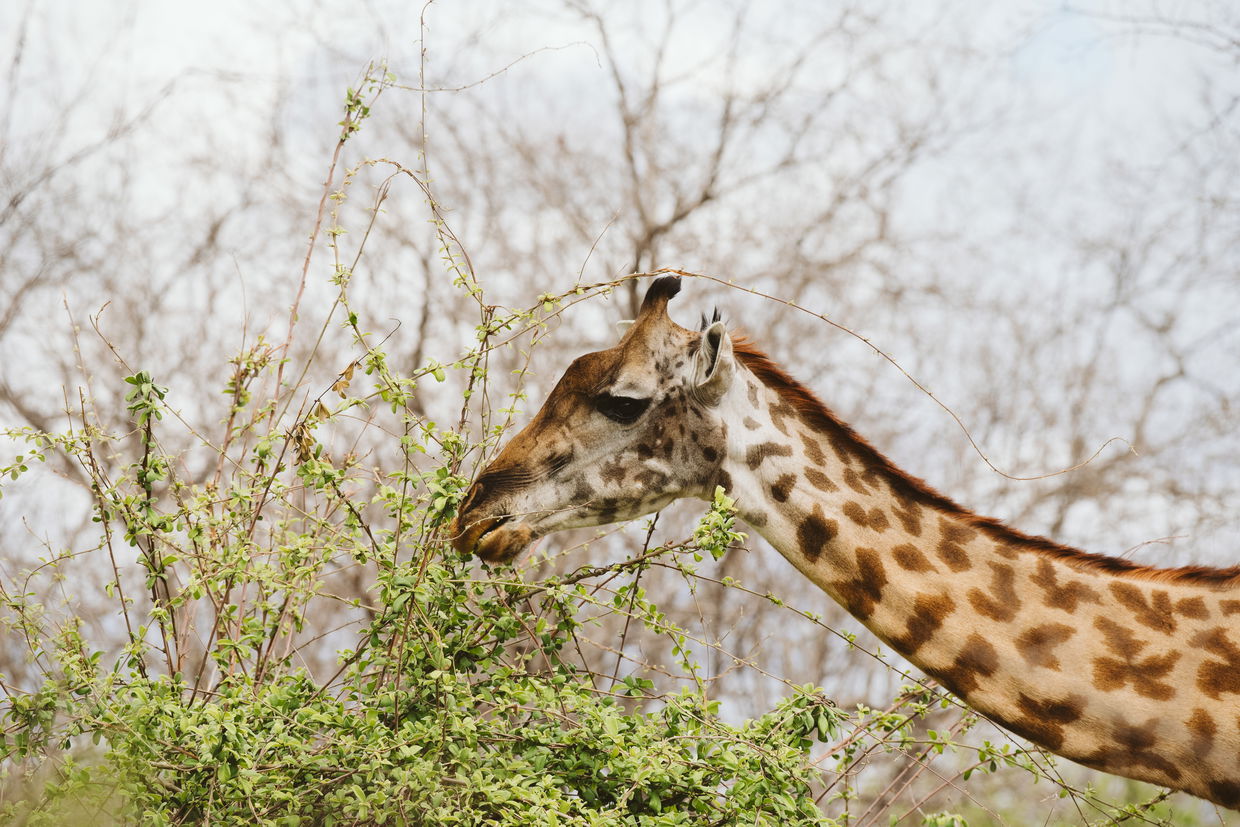Far removed from the trodden tyre tracks of more frequented national parks and safari camps, I'm wallowing in the private plunge pool of our spacious Meru-style, tented suite at Katavi Wildlife Camp, indulging in a moment of solitude. Or so it seems. The silence is punctuated by the unmistakable sound of cracking branches, which signals that elephants are on my doorstep.
Ruaha National Park is Tanzania's best-kept safari secret

Journey to Ruaha National Park, Tanzania's untamed wilderness, where the Fox family has built a legacy of conservation and exploration. Discover why Ruaha is the country’s best-kept secret – even though it’s characterised by dramatic landscapes, abundant wildlife and recognised as a global biodiversity hotspot.
Journey to Ruaha National Park, Tanzania's untamed wilderness, where the Fox family has built a legacy of conservation and exploration. Discover why Ruaha is the country’s best-kept secret – even though it’s characterised by dramatic landscapes, abundant wildlife and recognised as a global biodiversity hotspot.
Ruaha is where it all began for the Fox family. In the 1960s, the four Fox boys (Christopher, Peter, Bruce and Alexander) grew up in nature’s playground during walking safaris with their parents Geoff and Vicki. They would hunt what they ate, stoke the fire to keep it alive during their watchout hour, and learn the names of birds by their calls.
All four generations of Foxes continue to visit regularly. If you happen to find any of them sitting around the camp fire one evening, they might regale you with tales of their childhood adventures during walking safaris into the wilderness, long before there were any facilities around.

It’s easy to see why the Fox family love Ruaha so much and speak of it so highly. The national park’s dramatic topography is shaped by the plateau, the steep crevices of the Great Rift Valley and the life-giving Ruaha River. It was here, amidst granite mounds and between the silhouettes of ancient baobab trees, that Ruaha River Lodge – the first accommodation in the Foxes Safari Camps’ portfolio – was established in January 1982. It was a pioneer in its time. The lodge was the only safari camp in the national park for at least two decades before Tanzania opened up to tourism.
Ruaha's remoteness is one of its key defining features and also its greatest selling point. And while Ruaha is Tanzania's second-largest park (after Nyerere National Park), visitor numbers remain low. This gives guests the feeling that they’re on an exclusive safari, without the price tag of having the national park (almost) entirely to themselves.

Ruaha River Lodge is steeped in history
Ruaha River Lodge offers an up-close perspective of this untamed wilderness, between two captivating locations. Each of which capitalise on the park's diverse landscapes to show off an unparalleled diversity of wildlife and birdlife. From its lofty perch atop a kopje, the dining area provides panoramic vistas of the Ruaha River as it carves a way through the landscape. Its glinting waters often draw guests’ attention to the wildlife at its banks. Even from this height you can spot hippos bobbing in the water and elephants coming down to drink. The iconic baobab trees are another characteristic feature – their gnarled branches reaching skyward like ancient sentinels.

In contrast, the riverside camp places you right at the very centre of all the action, with bandas facing directly onto the water. Here, the riverine acacia forest provides a natural hunting ground for the park's prolific birdlife, while the boulders are a hiding place for its reptiles, among them the Nile crocodile, monitor lizards and colourful agamas
A global biodiversity hotspot
Another thing that makes Ruaha so special is that it straddles the convergence zone of southern and eastern African ecosystems. Ruaha National Park shows off remarkable biodiversity that has earned it global recognition as a hotspot. Its unique ecological position sees plant and animal species showcase fascinating adaptations to a changing climate, making Ruaha a crucial site for long-term conservation efforts. In fact, the Fox family established the Friends of Ruaha Society in 1984 to protect this sensitive ecosystem. Today, its work continues as the Foxes Community and Wildlife Conservation Trust.
While Ruaha is famed for its impressive elephant herds and lion prides, it's often the park's other inhabitants that catch regular safari-goers’ attention. Keep your eyes open for sightings of the bat-eared fox, striped hyena, African wild dogs, greater and lesser kudu, the roan antelope, and a plethora of other endemic species.




The rhythm of the rains
The dry season is ideal for game viewing as animals congregate around the remaining water sources along the length of the Great Ruaha River, aptly named "river" in the dominant Hehe language. The arrival of the long rains (between November and April) transforms the national park. The Ruaha River becomes a dominant feature, it’s a lifeline coursing through the national park, nourishing the surrounding ecosystem to sustain its diversity. It breathes life back into the landscape. The once parched earth bursts with greenery and the number of bird species soars to an impressive 574.
Prime birding destination
If your pulse quickens at the sight of a crowned crane or the distinctive outline of a marabou stork, Ruaha is waiting to be explored. Pack your binoculars and zoom lens and be prepared to tick off a few lifers from your checklist. The endemic Tanzanian sandgrouse is a beautifully patterned bird that has perfectly adapted to the park's arid regions. It’s very likely that you’ll see Pel's fishing owl, pale-billed hornbills, great white pelicans, blue-breasted bee-eaters and European rollers throughout your stay. While birdwatching is excellent year-round, the wet season welcomes migratory bird species.


How to get to Ruaha River Lodge
Locals will tell you that Ruaha is southern Tanzania’s best-kept safari secret because so few people make it this way. While the Foxes had a hard time getting here back in the day, today it’s much easier with daily flights onboard Safari Air Link to the southern and northern national parks, the Swahili Coast, the southern highlands and Dar es Salaam. The flights are planned in such a way to allow for convenient onward connections with all major airlines flying out of Dar es Salaam. On Mondays and Thursdays, you can fly onwards from Ruaha to the western safari circuit.
Further Reading
The Rufiji River carves its way through Nyerere National Park for some 600km before flowing into the Indian Ocean – shaping the landscape and unfurling with each tributary. Gliding upstream from Rufiji River Camp, along Tanzania’s largest riverine ecosystem in a flat-bottomed boat, offers a wildlife experience entirely different from a game drive.
Embarking on a safari across southern Tanzania is punctuated with the anticipation of what you might see. This is even more true on a return visit to the East African country, as you already have a taste of the magic that awaits.




Share This Post